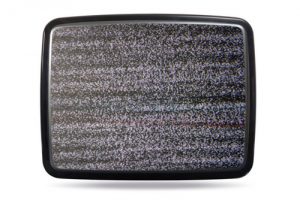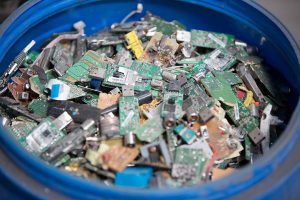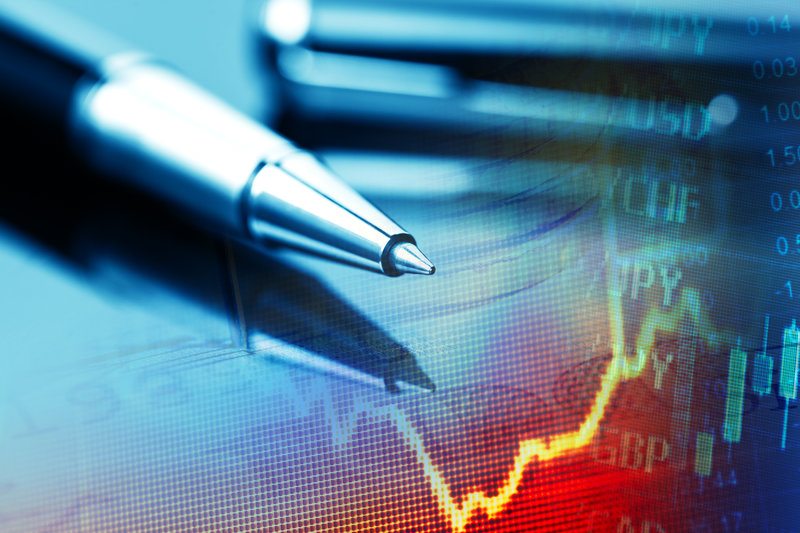 Shuttered CRT processor Nulife Glass continues to wade through a lengthy and costly cleanup of its East Coast operations.
Shuttered CRT processor Nulife Glass continues to wade through a lengthy and costly cleanup of its East Coast operations.

 Shuttered CRT processor Nulife Glass continues to wade through a lengthy and costly cleanup of its East Coast operations.
Shuttered CRT processor Nulife Glass continues to wade through a lengthy and costly cleanup of its East Coast operations.
 Researchers have looked at how the costs of e-scrap processing stack up against virgin mining, and their findings indicate recycling is more efficient for some key metals.
Researchers have looked at how the costs of e-scrap processing stack up against virgin mining, and their findings indicate recycling is more efficient for some key metals.

A cryptocurrency mining rig (photo courtesy of Filmar Technologies)
When Serdar Bankaci went looking for a graphics card recently, he found frustration instead.

The Wall Street Journal recently wrote about how changing smartphone markets are opening up business opportunities in the used phone sector.
 The second half of 2017 saw e-scrap revenues rise for Sims Recycling Solutions, while profits fell due to European market pressures.
The second half of 2017 saw e-scrap revenues rise for Sims Recycling Solutions, while profits fell due to European market pressures.
One morning not too long ago, I began previewing my schedule for the day ahead and remembered that I had an appointment for a root canal. I actually felt a sense of relief that for a few hours I would have a break from the challenges facing our industry.
This story originally appeared in the March 2016 issue of E-Scrap News.
Subscribe today for access to all print content.
This story originally appeared in the March 2016 issue of E-Scrap News.
Subscribe today for access to all print content.

Robin Wiener
Even after being in the scrap recycling industry for over 25 years, I am still amazed at how often we have to reeducate policymakers about the business. Despite long-standing industry efforts to distinguish scrap recycling from waste disposal, many still confuse scrap recyclers with solid and hazardous waste companies.

For much of the past decade, manufacturers have had a “piñata problem” whenever electronics recycling issues arose in state legislatures. Continue Reading
